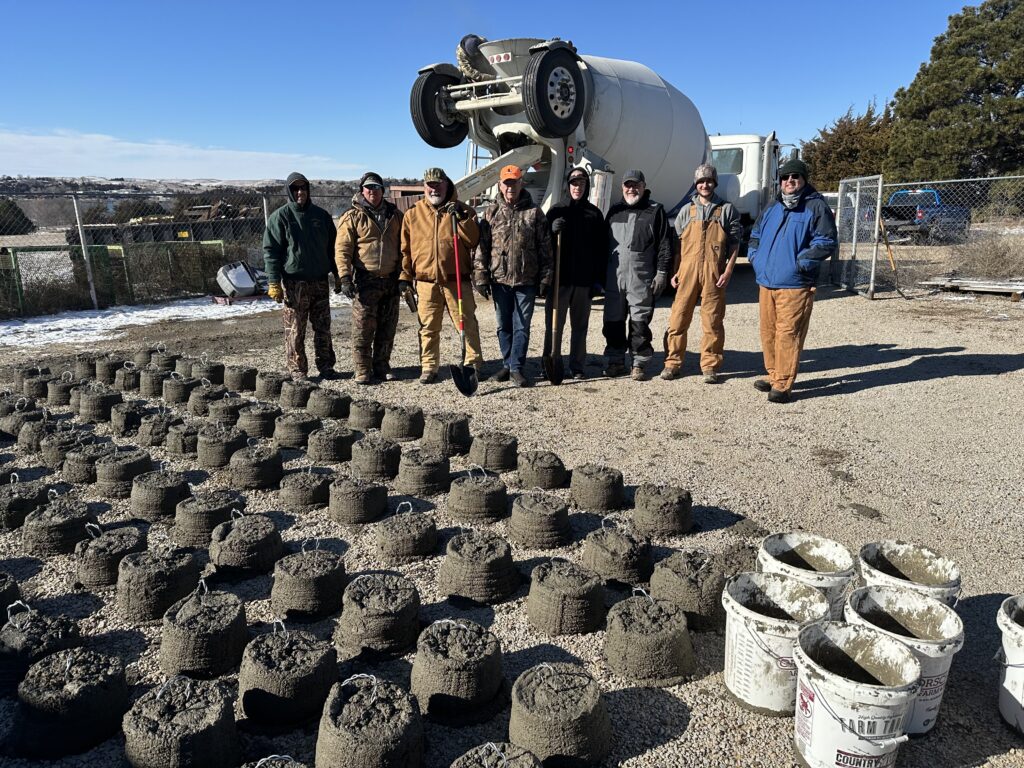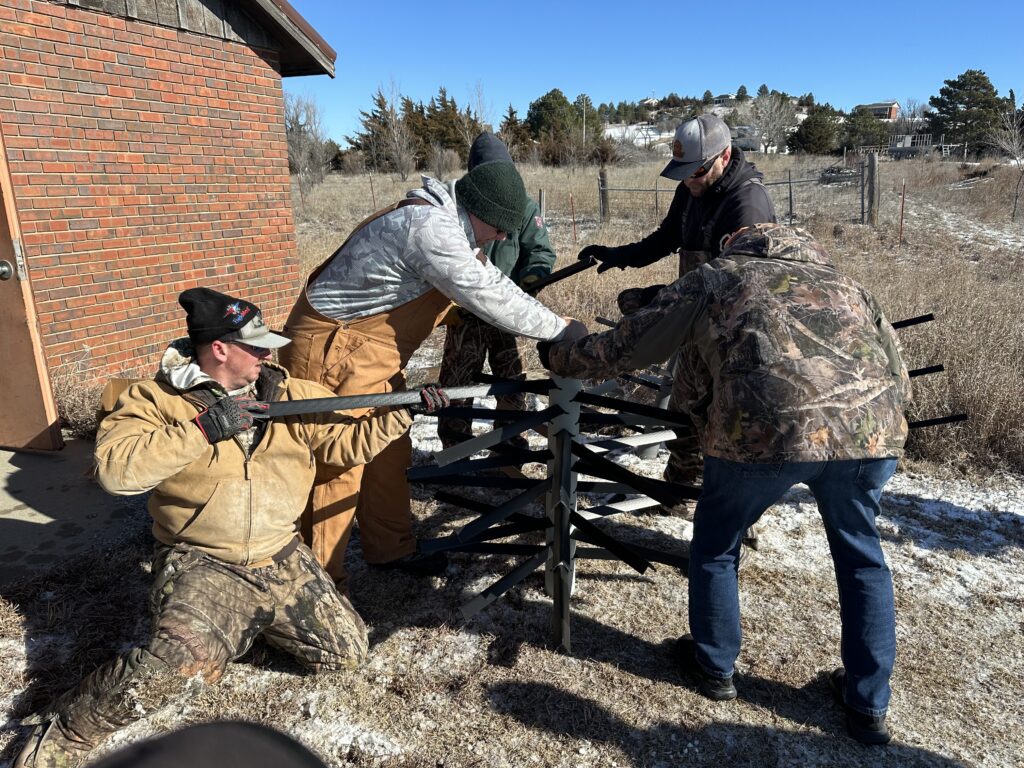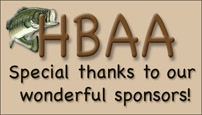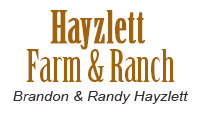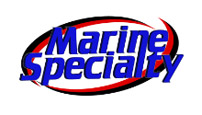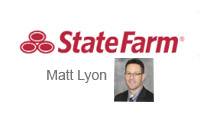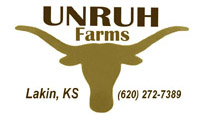HBAA partners with KBN for habitat project on Lake Wilson
LAKE WILSON, KS (Feb. 17, 2024) — Members of Hays Bass Anglers Association partnered with members of Kansas Bass Nation to improve fish habitat on Saturday, Feb. 17, 2024, at Lake Wilson. About a dozen volunteers assisted staff and fisheries biologists with the Kansas Department of Wildlife Parks and Tourism in the project to pour concrete anchors and build artificial trees of a new design made from a PVC-like material. “Natural habitat in many of our older western Kansas reservoirs is deteriorating and these structures we are building here today will help replace the habitat that is crucial for adult fish to use as ambush structure and for young fish to utilize for escape cover,” said Clayton Rudman, HBAA’s conservation chairman. The group built more than a dozen of the new artificial tree designs and poured hundreds of concrete anchors used to sink habitat materials into place.

